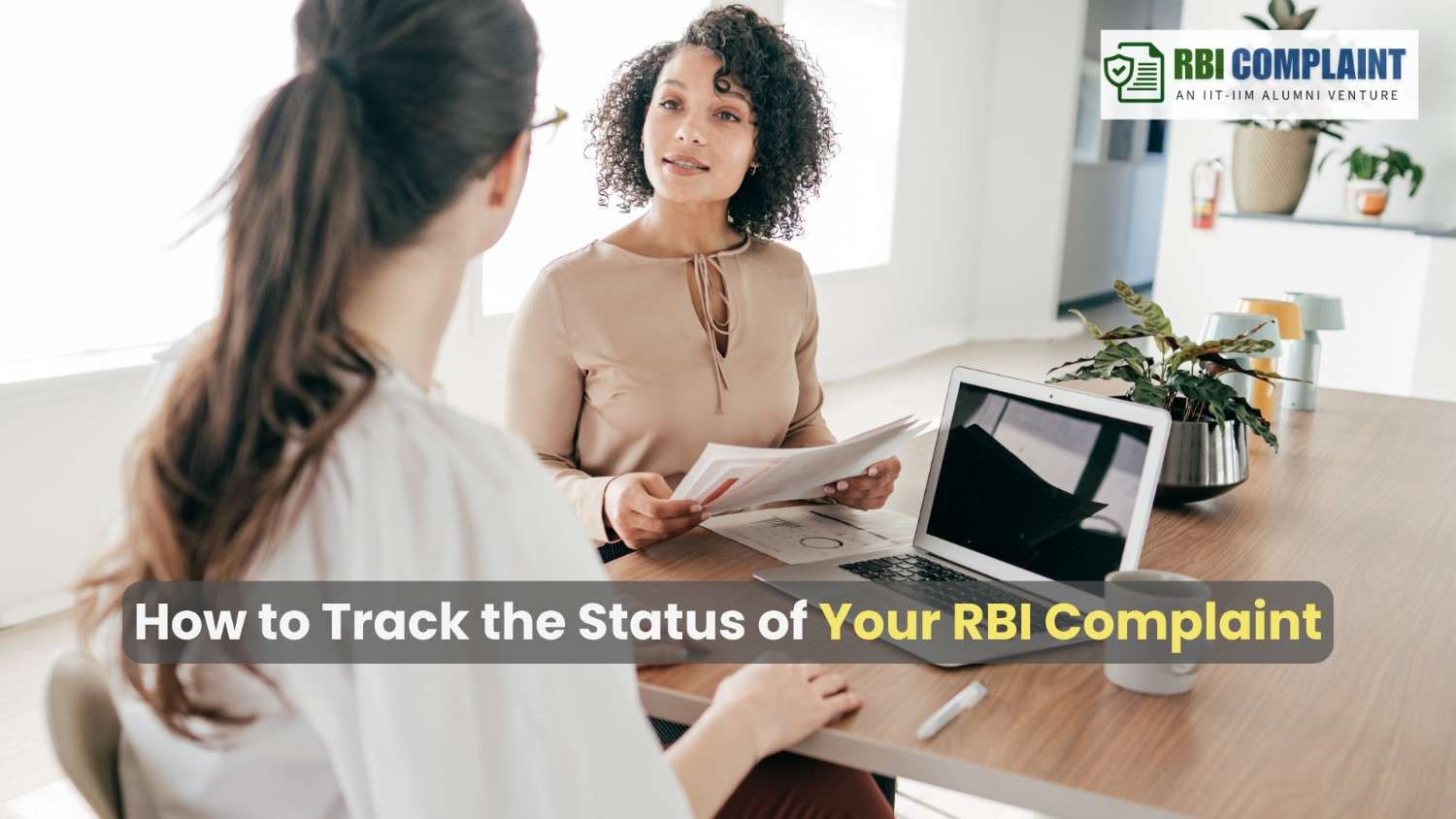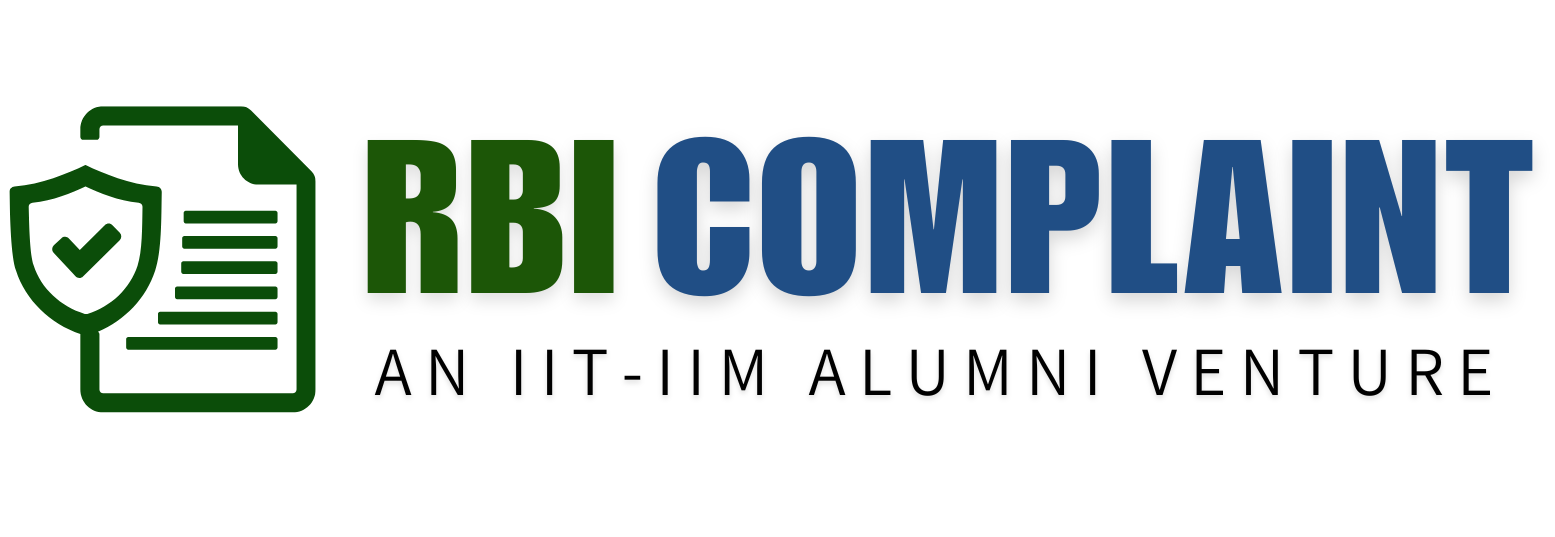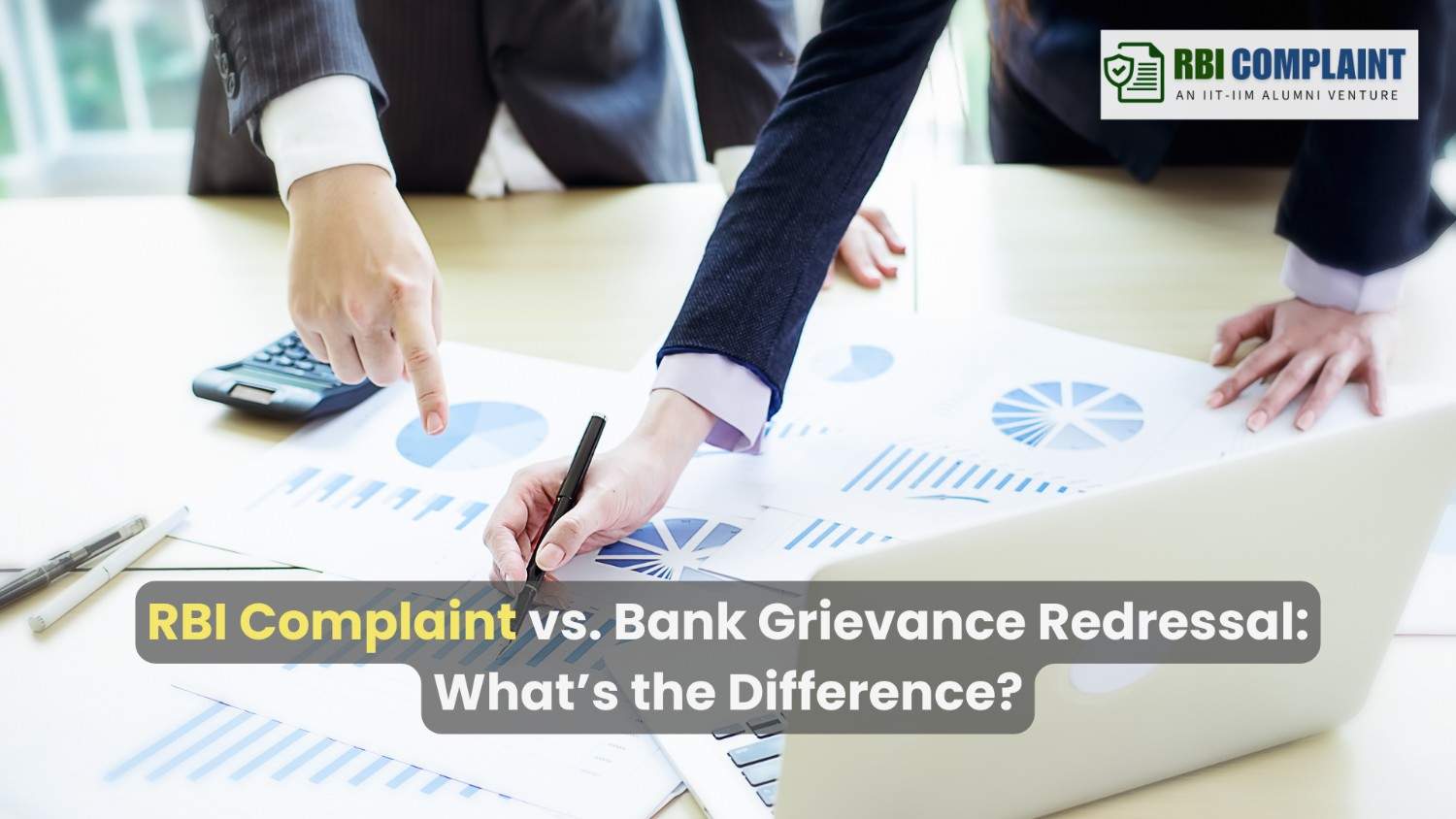· RBI Complaint · 5 min read
How to Track the Status of Your RBI Complaint
Learn how to track the status of your RBI complaint online. Stay updated on the progress of your banking issue and resolve disputes faster.

Tracking the status of your RBI (Reserve Bank of India) complaint can be crucial if you’ve raised concerns regarding banking services or regulatory issues. The Reserve Bank of India offers various methods to ensure you stay updated on your complaint’s progress. This article will cover step-by-step procedures for tracking complaints, give insights into how the RBI handles grievances, and provide tips to escalate matters if needed.
Have you ever faced issues with your bank and didn’t know where to go? That’s where the RBI comes in. The Reserve Bank of India is not only responsible for maintaining monetary stability but also for ensuring that banks and financial institutions follow rules and regulations. If you encounter any unresolved issues with your bank, you can file a complaint with the RBI . But after you file, what next? How do you track its status?
This article will take you through everything you need to know about how to track the status of your RBI complaint so you can stay in the loop.
Why It’s Important to Track Your Complaint
Imagine filing a complaint and waiting endlessly, not knowing whether it’s being addressed. Tracking your complaint helps you understand where it stands in the resolution process. It allows you to follow up in case of delays and ensures that your concerns are being heard.
Staying proactive about the status of your complaint could also speed up the resolution process. In certain cases, it may reveal the need to escalate the issue to higher authorities.
Types of Complaints Handled by RBI
The RBI deals with a wide range of complaints related to banking services, including:
- Unfair banking practices
- Loan-related issues
- Credit card disputes
- Unauthorized transactions
- Excessive charges or fees
- Non-compliance with regulations
Whether you’re dealing with a payment issue, fraud, or an interest rate dispute, the RBI provides a structured process for addressing your concerns.
How to File a Complaint with RBI
Before tracking the status, it’s important to know how to file a complaint. The most common and preferred way is through RBI’s Complaint Management System (CMS) . This online platform makes it easy for consumers to submit complaints against their banks or non-banking financial institutions.
If online submission isn’t an option for you, the RBI also offers other channels like postal mail and a toll-free helpline for filing complaints.
RBI’s Customer Support Channels
The RBI provides multiple methods to stay connected and updated about your complaint:
Online Portal (CMS Portal)
The CMS portal (https://cms.rbi.org.in) is the primary platform for managing complaints and tracking their status.
Toll-Free Helpline
You can also reach RBI’s complaint resolution team via a toll-free helpline if online methods are inconvenient.
How to Track Your RBI Complaint Status
After submitting your complaint, the next step is to track its progress. Here’s how you can do it:
Using the CMS Portal
Visit the official RBI CMS portal at cms.rbi.org.in.
Log in using your credentials (username and password).
Navigate to the Track Your Complaint section.
Enter your complaint reference number and click Submit.
Tracking via Toll-Free Number
If you prefer phone support, you can call RBI’s toll-free number, provide your complaint reference number, and ask for updates on your case.
Tracking via Email
Another way to track the status of your complaint is by sending an email to the RBI customer service team. You will need to provide your reference number and the details of your complaint.
Steps to Access the CMS Portal
Creating an Account on the CMS Portal
First, you need to register on the CMS portal if you haven’t already. Simply visit the site and fill in the necessary details to create an account.
Login and Navigate to the Complaint Section
Once your account is set up, log in and access the Complaint Section where you can view your existing complaints and their statuses.
What Information You Need to Track Your Complaint
To track your complaint, you’ll need:
- Your complaint reference number
- The date of submission
- Your registered email ID or phone number
Keep these details handy, as they’re required for any updates from RBI.
Timeframes for Complaint Resolutions
How Long Should You Wait?
In general, the RBI aims to resolve complaints within 30 to 60 days. However, some cases may take longer depending on their complexity.
Escalating Your Complaint If No Response
Approaching the Banking Ombudsman
If you don’t receive a satisfactory response, you can escalate the issue by approaching the Banking Ombudsman. This is a higher authority for grievance redressal within the banking sector.
Sending a Legal Notice
In extreme cases, you might consider sending a legal notice to the bank or financial institution if your complaint remains unresolved.
Understanding RBI’s Resolution Process
Once your complaint is registered, the RBI sends it to the concerned bank or financial institution. The institution is then required to address the issue and report back to RBI within a set timeframe.
Common Reasons for Delayed Resolutions
Sometimes delays occur due to incomplete documentation, the complexity of the case, or internal investigations. If this happens, ensure that you follow up regularly.
What to Do If Your Complaint Is Rejected
In case your complaint is rejected, don’t lose hope. You can re-submit with additional documentation or approach the Banking Ombudsman for further assistance.
How RBI Ensures Transparency in Complaint Handling
RBI maintains a transparent process for tracking complaints by updating the status regularly on the CMS portal. You can also expect prompt responses via email or phone when you request updates.
Conclusion
Tracking your RBI complaint is crucial to ensure that your concerns are addressed in a timely manner. By using the CMS portal, contacting the helpline, or sending an email, you can stay informed about your complaint’s status. If needed, there are escalation procedures in place to make sure your voice is heard.



